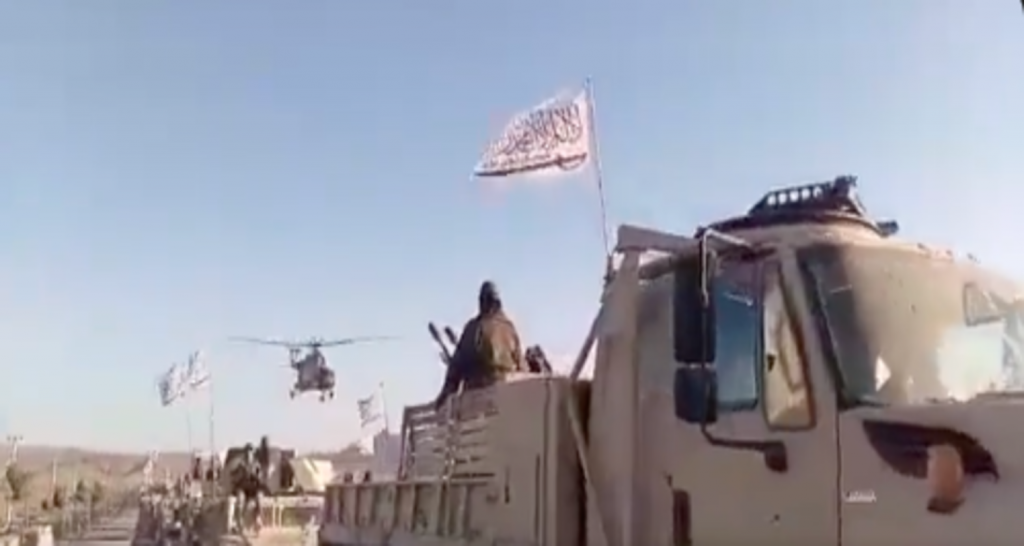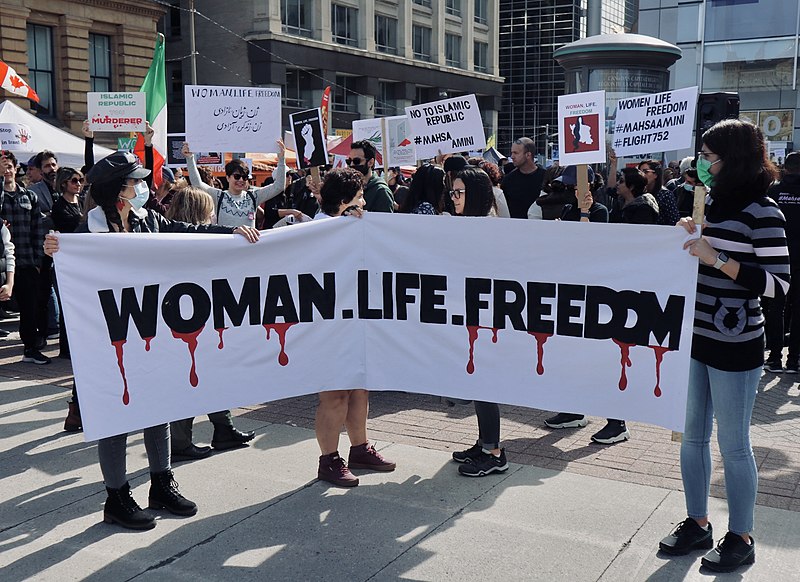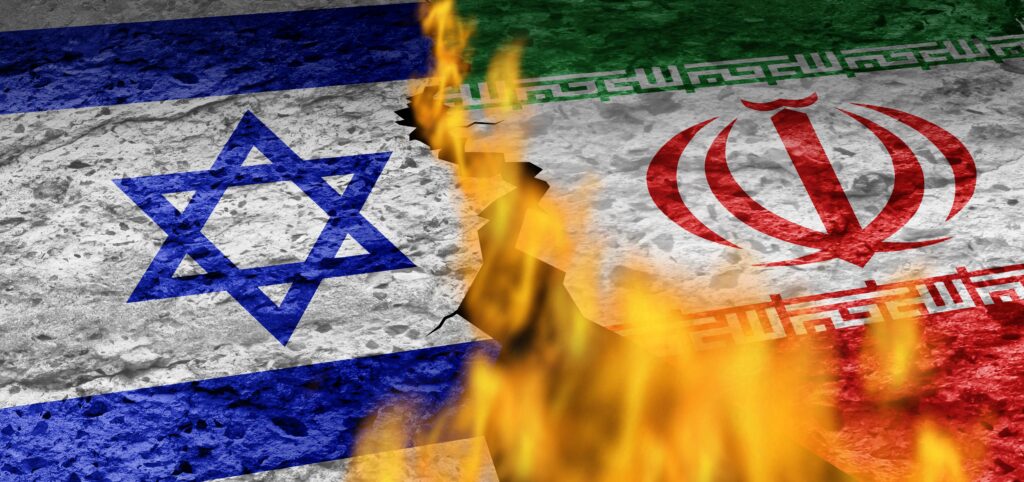IN THE MEDIA
The Taliban are losing the fight against Islamic State
December 6, 2021 | Oved Lobel

The Strategist – 6 December 2021
In what is becoming a monthly phenomenon, Islamic State’s branch in Afghanistan (Islamic State Khorasan, or IS-K) has topped all of its global provinces in terms of both quantity of operations as well as casualties inflicted, reclaiming its place as the most powerful Islamic State branch. Despite pollyannaish claims by senior Taliban officials to Western media outlets that IS-K ‘is not a serious threat to the Islamic Emirate’ or that, ‘If we get rid of all our economic and administrative problems, ISIS will disappear in 15 days in all of Afghanistan’, the reality of IS-K’s resilience and expansion is becoming ever more apparent.
Deborah Lyon, the UN secretary-general’s special representative for Afghanistan, recently told the UN Security Council, ‘Once limited to a few provinces and the capital, [IS-K] now seems to be present in nearly all provinces, and increasingly active’. Indeed, there’s been a marked increase in attacks across the country since 2020. US Under Secretary of Defense for Policy Colin Kahl similarly testified to Congress, ‘We could see [IS-K] generate that capability [for foreign attacks] in somewhere between six or 12 months’, adding that the Taliban’s ability to combat the group ‘is to be determined’. The US recently identified and sanctioned senior officials of IS-K, including its leader.
IS-K has launched daily attacks against the Taliban across Afghanistan, ambushing, bombing and assassinating its operatives, including senior Taliban official Hamdullah Mokhlis, head of Kabul security and commander of the Taliban’s Badri special forces unit.
It also continues to conduct mass-casualty attacks, particularly but not exclusively targeting the Hazara Shia minority. These attacks include bombing public transport and suicide bombings at Shiite mosques in Kunduz and Kandahar, the so-called ‘Taliban heartland’. Dozens of Taliban were killed and wounded in a bombing outside the Eidgah mosque, where a funeral ceremony was being held for the mother of Taliban spokesman Zabiullah Mujahid. A complex attack involving several IS-K operatives on a military hospital in Kabul also resulted in scores of casualties.
In response, the Taliban has been conducting a scorched-earth campaign of indiscriminate violence, detaining and disappearing around 1,500 people in Nangarhar province alone. Recently, the Taliban deployed more than 1,000 additional fighters to Nangarhar province and escalated their brutality. Hundreds of suspected IS-K operatives were murdered and many bodies, some beheaded, were dumped in the streets or strung up in public as a warning.
So brutal is this Taliban war with IS-K that the hospital in Jalalabad, Nangarhar’s provincial capital, treated more casualties in November than it treated during the war between the Taliban, NATO and the Afghan government. Given that many of those being disappeared and murdered are not IS-K operatives, the Taliban’s campaign may only serve to increase IS-K recruitment, and there’s little evidence that it’s having any impact on the group’s operations.
Indeed, IS-K gives as good as it gets, most recently beheading several Taliban fighters in Kandahar, which, together with the mosque bombing in October, indicates that even the Taliban’s stronghold is vulnerable. Taliban intelligence officials in Kabul secretly admit that one area of Nangarhar has become a ‘no-go zone’ for them and is ‘one hundred percent’ controlled by IS-K.
In spite of the Taliban’s backing from Russia, Iran, China and especially Pakistan—with the US likely sharing intelligence amid recurring reports of unidentified drones flying over Afghanistan—all trends suggest there’s fertile ground for IS-K to vastly increase its size and potency. Credible reports have already emerged of the group openly recruiting both Taliban fighters and former members of the Afghan intelligence agencies and special forces in several provinces.
Three months after the Taliban seized power, Afghanistan has experienced total economic collapse and is barrelling towards humanitarian catastrophe and famine. While the Taliban have no funds to even pay their own fighters, IS-K is allegedly offering between US$300 and US$1,000 for recruits, an enticing offer for a starving population. The Taliban’s own brutality towards the Afghan population and complete lack of interest in governing will likely fuel recruitment or at least reduce the ranks of those willing to provide information to the Taliban.
IS-K has also been playing up the Taliban’s warm and public relationship with China, which is engaged in a genocidal campaign against Uyghur Muslims next door. The group made sure to publicise that the suicide bomber in the Kunduz attack was Uyghur, propaganda that could attract the substantial number of Uyghurs fighting under al-Qaeda and Taliban auspices for the Turkistan Islamic Party. IS-K has emphasised that the Taliban is a proxy of Pakistan and a partner of the US, and, most egregiously for potential recruits, has underlined that the Taliban are protecting the Shia rather than killing them.
Aside from financial, sectarian and ideological factors, the Taliban rank and file are simply bored. The group was founded on martyrdom and jihad, and, on top of financial incentives, many Taliban may simply join IS-K to be able to continue waging jihad indefinitely and have the chance to become ‘martyrs’.
In addition, aside from the strong grassroots support among some urban Tajiks, exacerbated by the fact that the Taliban is essentially a Pashtun movement, IS-K has absorbed cadres that defected from the Taliban and other jihadist entities, including the Tehrik-i-Taliban Pakistan, or TTP, otherwise known as the Pakistani Taliban. This has allowed the group to expand its operations in Pakistan, as well. So thoroughly infiltrated are the Taliban and TTP by IS-K that the Taliban’s emir, Haibatullah Akhunzada, recently warned the group in a rare address. IS-K nearly killed Akhunzada in Pakistan in 2019, as part of a wide campaign across Afghanistan and Pakistan hunting the Taliban.
On paper, the Taliban have every advantage against IS-K; in practice, there’s no evidence that their take-no-prisoners campaign has affected IS-K to any great extent. While IS-K probably won’t threaten the Taliban’s overall control of Afghanistan in the short term, it will soon likely be able to contest multiple districts, as it reportedly has in Nangarhar. US hopes of a counterterrorism partnership with the Taliban to prevent IS-K attacks were always ill-conceived—the Taliban can’t even protect themselves.
Tags: Afghanistan, Al-Qaeda, China, Iran, Islamic State, Pakistan, Russia, Taliban, Terrorism, TTP





